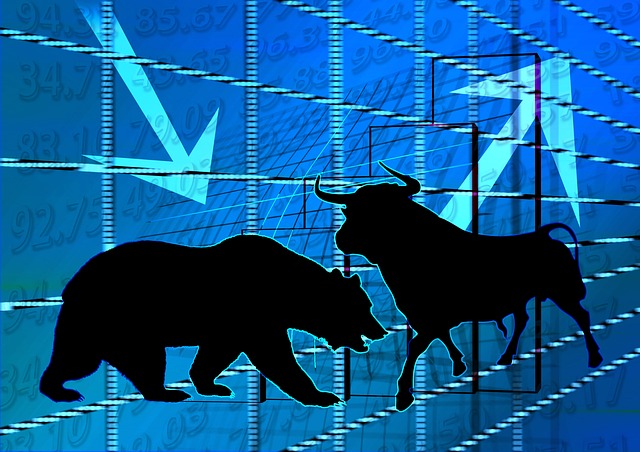This report is not a personal recommendation and does not take into account your personal circumstances or appetite for risk.
A good question. To answer it we need to look at the two markets that are featuring heavily in December. With China and emerging markets hanging out in the background, it’s the US and Eurozone that are top of the bill.
The Euro rallied prior to today’s disappointing ECB announcement both on technical grounds and on the perception that the US Federal reserve may have already done a lot of Draghi’s work for him (he needs a weaker Euro), such that more aggressive easing in the Eurozone may not be forthcoming.
 Well, it turns out the FX markets were right. The Euro has bounced even higher from its multi-month lows, probably helped a little further by a certain hiccup at the FT. Let’s face it though, the FT article that both came out 5 minutes too early AND called it wrong (by saying that rates would remain unchanged) actually got one thing right – that Draghi was about to disappoint equity markets. What the consensus was – that the Euro is going down – quickly turned into what the consensus is, which is that it’s enjoying life for the time being!
Well, it turns out the FX markets were right. The Euro has bounced even higher from its multi-month lows, probably helped a little further by a certain hiccup at the FT. Let’s face it though, the FT article that both came out 5 minutes too early AND called it wrong (by saying that rates would remain unchanged) actually got one thing right – that Draghi was about to disappoint equity markets. What the consensus was – that the Euro is going down – quickly turned into what the consensus is, which is that it’s enjoying life for the time being!
The DAX had a 320pt range on January 22nd, when Draghi & Co. first set out the Eurozone QE programme and continued to rally 5% (550pts) in the 7 days following with the ensuing uptrend culminating in all-time highs a further 500pts above that! This time round we saw a 570pt range on the day alone. It went very volatile. But that’s going to be short lived. That Draghi failed to come up with the goods also smacks of the ECB’s growing confidence in the Eurozone economy, and we’ve seen before with the US Fed that less dovish or even hawkish tones can actually have a positive effect on stock markets.
With December’s ECB policy announcement now history, there remain so many mutually supportive drivers for European equities. Firstly, the much talked of US rate rise everyone’s expecting with its impact on the strength of the US Dollar. Say no more about that one, save that I hope this blog is still valid come the 17th of December!
Secondly, the ECB’s extended QE program. QE is like McDonalds. It only fills you up short term – after half an hour you need another double cheeseburger. Woe betide anyone who denies you one, but if they do (or it’s merely a single cheeseburger), after a bit of kicking and screaming you’ll get over it. Eurozone policy will remain easy and flexible for 6 months longer than originally planned.
Thirdly, fears of a US recession in 2016 (65% chance according to Citigroup) which would likely see the Fed about turn on the policy changes it is so intent on administering imminently (which would really p**s people off), or not hike at all in December, dashing consumer confidence stateside and sending investors over to Europe. Incidentally, this is a question the Fed should be asking itself: Do we go for it now and risk having to backtrack later, or wait another couple of months and see how things go? Interesting, that one.
Fourthly, the Santa Rally which is statistically proven to be a real effect no matter how ‘self-fulfilling’ non-believers will argue it is. I don’t care how it happens. It happens. If it’s down to the predictable behaviour of crowds of irrational people who believe in voodoo, that’s fine by me.
I could go on. Well, actually I can’t right now, but four mutually bullish drivers for European equities ain’t bad.
What should we expect from the stock market in January 2016? In short, don’t be short Europe!
This research is produced by Accendo Markets Limited. Research produced and disseminated by Accendo Markets is classified as non-independent research, and is therefore a marketing communication. This investment research has not been prepared in accordance with legal requirements designed to promote its independence and it is not subject to the prohibition on dealing ahead of the dissemination of investment research. This research does not constitute a personal recommendation or offer to enter into a transaction or an investment, and is produced and distributed for information purposes only.
Accendo Markets considers opinions and information contained within the research to be valid when published, and gives no warranty as to the investments referred to in this material. The income from the investments referred to may go down as well as up, and investors may realise losses on investments. The past performance of a particular investment is not necessarily a guide to its future performance. Prepared by Michael van Dulken, Head of Research
Comments are closed.